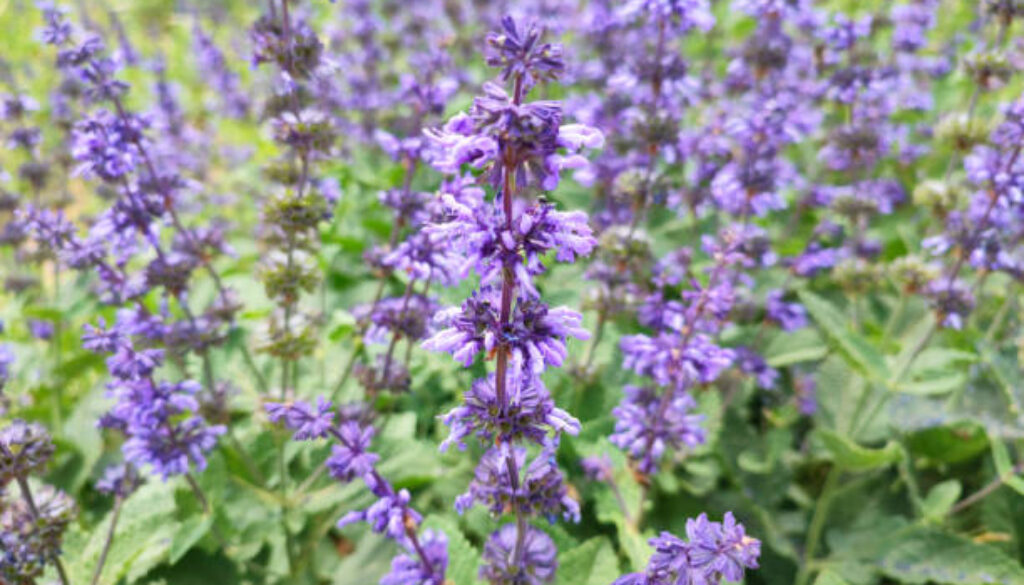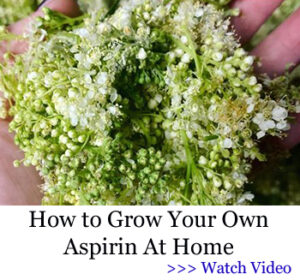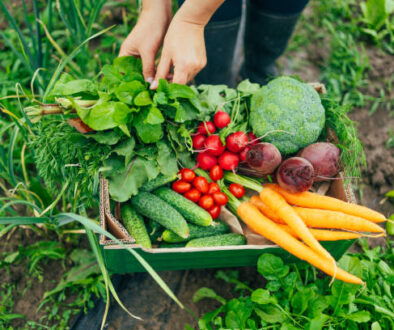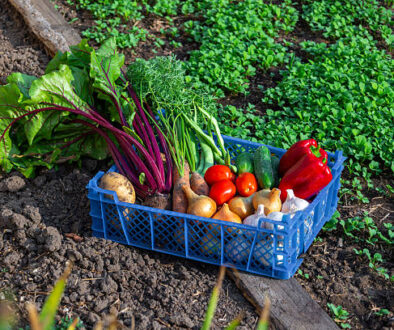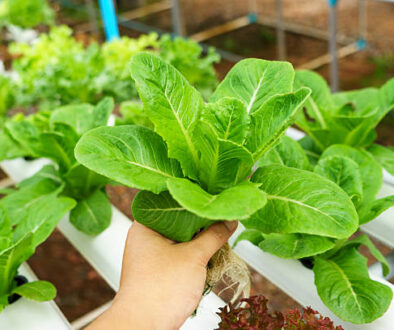How to Create a Colorful Medicinal Garden in Your Backyard?
This post may contain paid and/or affiliate links. I may earn a small commission at no extra cost to you.
Creating a backyard space that’s both beautiful and useful is easier than you might think.
When you grow your own medical garden, you bring nature’s remedies right to your doorstep.
Also, a healing herbs garden can give you fresh plants for teas, salves, and simple home remedies.
Building a herbal medicine garden is also a fun way to connect with nature while supporting your health.
With a few medicinal plants and some care, you can design a colorful, thriving medicinal herbs garden that looks amazing and helps you feel better, too.
Now, let’s get started on how to actually make it happen!
Why a Medicinal Garden is Worth It
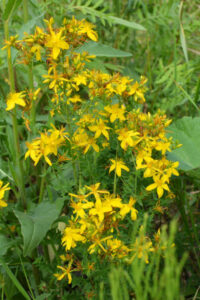
A medicinal garden isn’t just about growing plants; it’s about creating a healthier lifestyle.
When you step into your backyard and pick fresh leaves for a calming tea or soothing salve, you experience the real value of these plants.
They save you trips to the store and connect you with natural remedies that people have trusted for centuries.
On top of that, a garden filled with colorful herbs and flowers looks great and adds character to your outdoor space.
Related:
- The Main Benefits of Having a Medicine Garden in Your Backyard
- 7 Medicinal Plants You Can Easily Grow in Your Herbal Medicine Garden
- How to Start a Medical Garden at Home for Natural Healing (Step-by-Step) Guide For Beginners
Planning Your Healing Herbs Garden
Before you start planting, think about your space. A small corner of your yard can work if you plan well.
Decide whether you want raised beds, containers, or a simple garden patch.
Herbs don’t usually need much room, but they do need sun and good soil.
It also helps to make a list of the plants you want to grow.
Choose the ones you’ll actually use, like chamomile for tea, mint for digestion, or aloe for burns.
Keep your garden practical and easy to maintain so you’ll enjoy caring for it.
Choosing Medicinal Plants for Beginners
If you’re new to this, start with a few easy plants. These grow quickly, don’t need too much care, and have clear benefits.
- Chamomile: Great for calming teas and reducing stress.
- Peppermint: Helps with digestion and smells amazing.
- Lavender: Relieves stress and promotes better sleep.
- Aloe Vera: A classic healing plant for burns and skin care.
- Calendula: Known for its skin-healing properties.
These are simple to grow and give you a solid foundation.
Once you feel confident, you can add more unique or exotic herbs to your garden.
Designing a Colorful Medicinal Herbs Garden
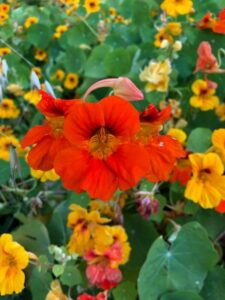
Your garden doesn’t have to look plain. You can design it to be as colorful and inviting as any flower garden.
Mix plants with different shades of green, pops of purple from lavender, bright orange from calendula, and cheerful yellow chamomile blooms.
Arrange taller plants at the back or center, with smaller herbs around the edges.
If you’re using containers, group them in clusters for a cozy, vibrant look.
A well-planned layout not only makes your garden beautiful but also makes it easier to care for your plants.
Caring for Your Herbal Medicine Garden
Medicinal herbs don’t need a lot of fuss, but they do appreciate regular care.
Most herbs love full sun, so water them in the mornings before the day gets hot.
Make sure the soil drains well to avoid root rot.
Prune your plants often to keep them healthy and productive.
Pinch off flowers if you want more leaves, especially with herbs like basil and mint.
Don’t forget to harvest regularly, since most herbs grow better the more you pick them.
Harvesting and Storing Your Healing Plants
Timing is everything when it comes to harvesting.
Pick herbs in the morning, just after the dew dries but before the sun gets too hot.
This is when the essential oils are strongest.
To store them, you can dry herbs by hanging small bunches upside down in a cool, dark place.
Once dry, keep them in airtight jars. If you want to keep the fresh flavor, you can also freeze herbs in ice cube trays with a little water or oil.
Aloe can be stored in the fridge as fresh gel for skin care.
Using Your Medicinal Garden Every Day
The real joy of a medicinal garden comes from using it. Brew fresh chamomile tea to relax after a busy day.
Rub aloe on a small burn or dry skin. Add peppermint leaves to hot water for a soothing drink after a heavy meal.
You can also make simple salves or oils by infusing herbs like calendula or lavender in olive oil.
These natural remedies are easy to create and bring your garden’s benefits straight into your home.
Adding More Variety to Your Medicinal Herbs Garden
Once you’ve mastered the basics, try adding more healing plants.
Echinacea is known for supporting immunity, lemon balm helps calm the mind, and rosemary boosts focus and memory.
Each new herb adds not only health benefits but also unique colors, textures, and scents to your garden.
Experiment with companion planting, too. Some herbs protect others from pests, while others attract pollinators that keep your garden thriving.
The more variety you add, the more alive and vibrant your backyard will feel.
Keeping Your Garden Sustainable
Part of the beauty of a backyard medicinal garden is sustainability.
You don’t need chemicals or expensive supplies. Use compost to enrich your soil and mulch to keep moisture in.
Collect rainwater in barrels for watering. These small steps reduce waste and make your garden eco-friendly.
You can also save seeds from your plants to grow the next season.
This way, your healing herbs garden becomes self-sustaining, giving you year after year of fresh, powerful plants.
Common Mistakes to Avoid
When starting out, many gardeners make a few simple mistakes.
One is overcrowding plants—give them space to grow.
Another is forgetting to prune, which makes herbs woody and less flavorful.
Overwatering is another issue, especially in heavy soil.
Most herbs prefer dry conditions, so let the soil dry slightly before watering again.
And lastly, don’t grow more plants than you can realistically care for.
Start small and expand as you gain confidence.
Conclusion
A backyard medicinal garden gives you more than just plants—it gives you wellness, beauty, and a deeper connection to nature.
By planning wisely, choosing easy herbs, and caring for them with simple routines, you create a colorful, healing space right outside your door.
Whether you’re sipping herbal tea, soothing a burn, or enjoying the sight of blooms in the sun, your garden becomes a part of your everyday health and happiness.
FAQs
- Do I need a lot of space to grow a medicinal herbs garden?
No, you don’t need much space at all. Even a few containers on your patio or balcony can hold plenty of healing herbs. Just make sure they get enough sunlight and water. - What are the easiest medicinal plants for beginners?
Chamomile, peppermint, lavender, aloe vera, and calendula are all beginner-friendly. They’re simple to grow, hardy, and very useful in everyday life. - Can I grow medicinal plants indoors?
Yes, many herbs grow well indoors as long as they get enough light. A sunny windowsill works for small pots of mint, basil, or aloe. You can also use grow lights if you don’t get enough natural sunlight. - How do I know when to harvest herbs?
The best time is in the morning, after the dew has dried but before the heat of the day. Look for healthy leaves and flowers, and harvest regularly to encourage new growth.
